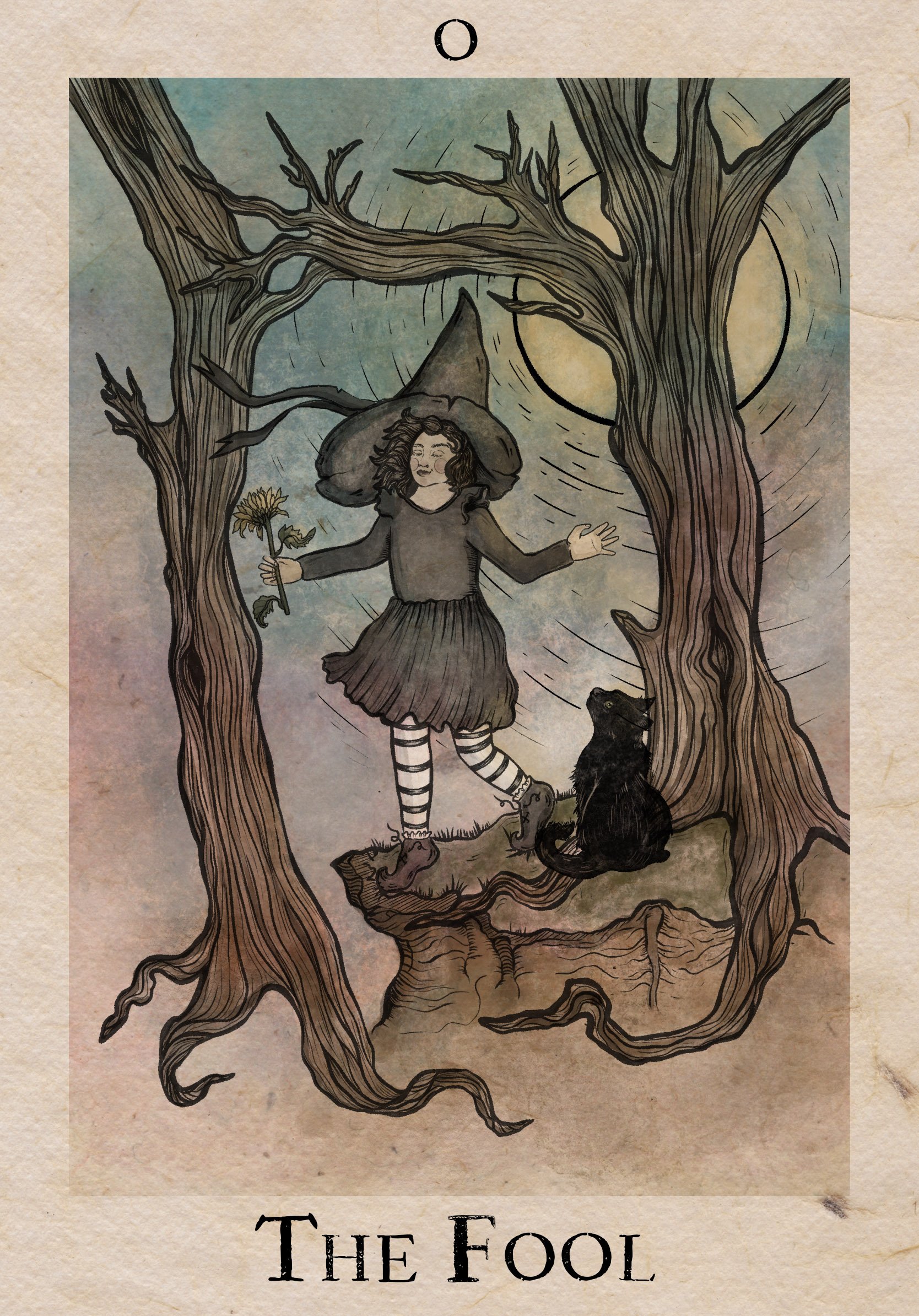All Fools’ Day: The Story of the Trickster
With so much to look forward to this coming April – burgeoning wildflowers, warmer days, the promise of a new season - why does a month of potential begin with All Fools’ Day?
Better known as April Fool's Day, the first of April has been dedicated to trickery and shenanigans for ages. In fact, while there are several theories as to how and when this tradition began, nobody can say for sure.
Here are some interesting theories:
All Fools’ Day may have originated when people switched from the Julian calendar to the Gregorian. As the story goes, in 1582, people began celebrating the New Year on January 1st instead of the last week of March – the former start of the new year. But, some people were slow to catch on, and after the 16th century, those who mistakenly hosted New Year's celebrations at the start of April were ridiculed by their neighbors as “April Fools.”
Others claim that All Fool's Day was based on the medieval Feast of Asses or Feast of Fools. While these celebrations were not identical in purpose or context, they both encouraged a bit of foolishness. People ignored social norms and swapped roles and titles with others (similar to the Roman festival of Saturnalia). However, despite these antics, there is no evidence to support that either the Feast of Asses or Feast of Fools took place on or around April 1st.
Some suggest that this day has something to do with the Cult of Cybele. Cybele was a Phrygian Mother Goddess associated with mountains, wildness, and birds of prey. Greece welcomed her as a protectress, and she was often depicted touring the in-between in her lion-drawn chariot. Cybele was also the caretaker of wild things and an experienced healer. A lover of good wine and ecstatic dancing, her followers hosted games and theatrical performances during the goddess's annual spring feast. This week-long event wasn't known as All Fool's Day, but Megalensia, when Cybele's followers wore masks, curious disguises, and celebrated the absurdity of life.
And, from one Green Witch to another, I can't help but wonder if All Fool's Day has something to do with Mother Nature and her moody spring weather. Farmers and gardeners know the risk of sowing their fields too early, for spring weather can be highly unpredictable. It's almost as if Mother Nature dons the trickster mask this month for some All Fools’ Day folly…




